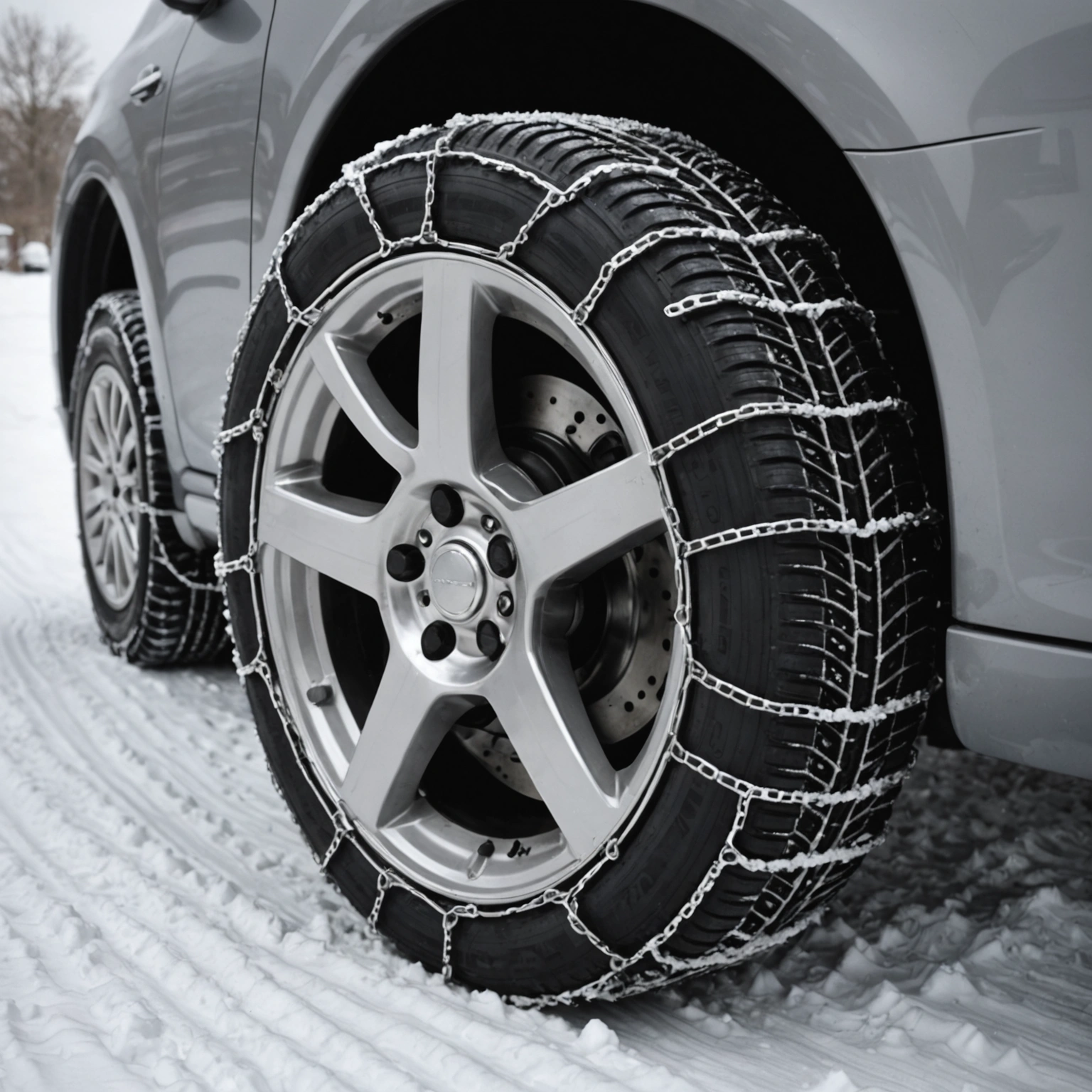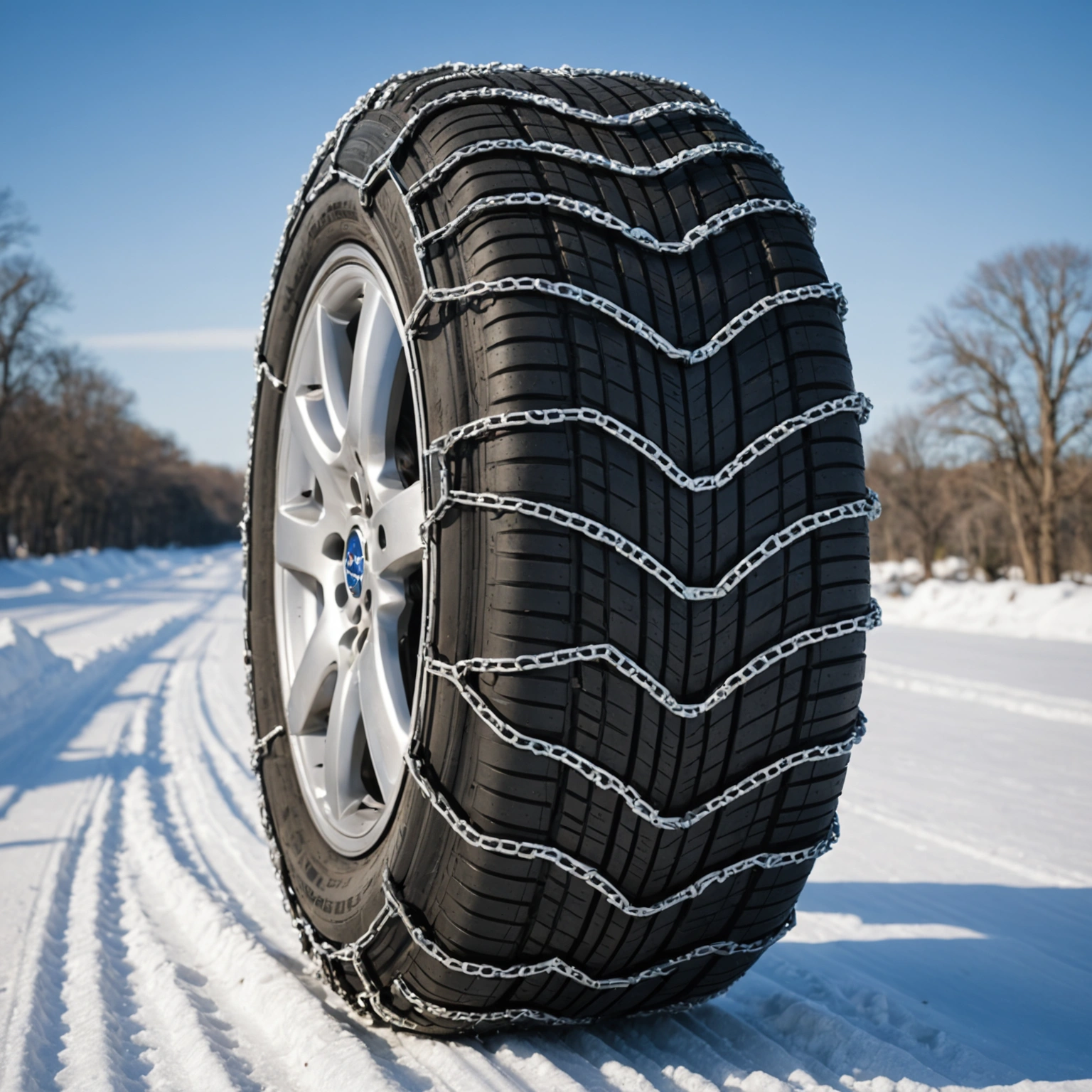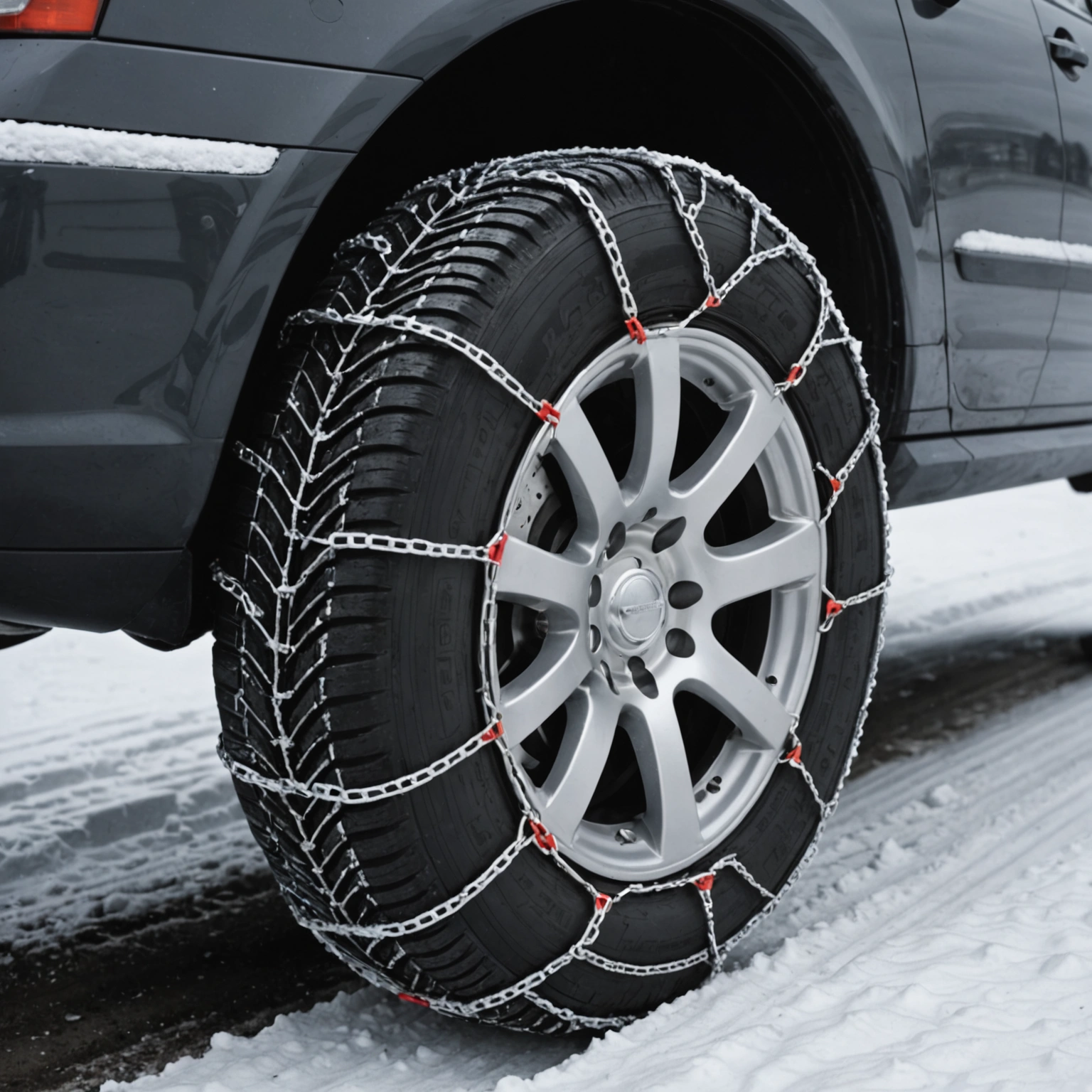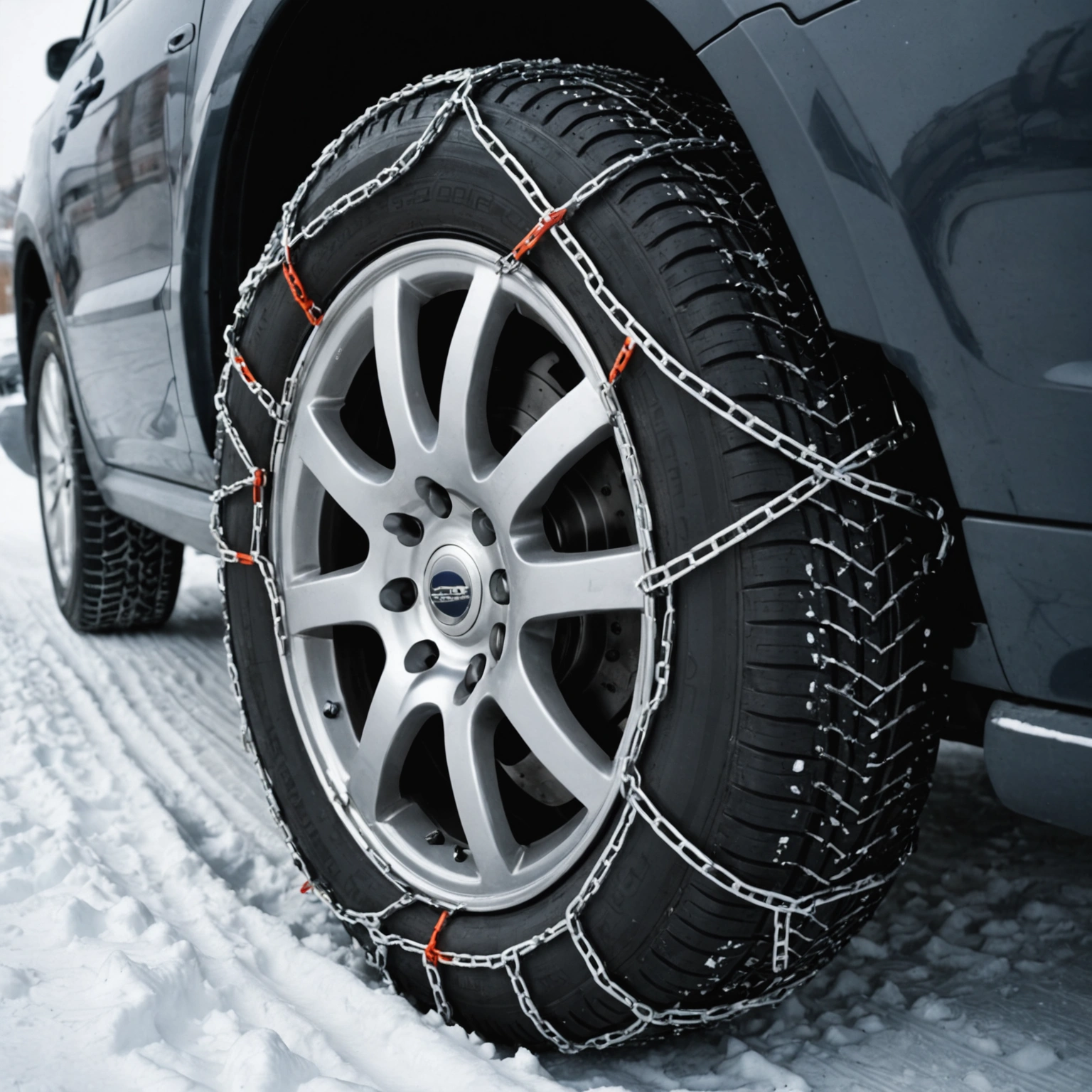**Are Tire Chains Legal? A Guide to Using Tire Chains Responsibly and Legally**
When winter weather hits, many drivers consider using tire chains to improve traction on snow and ice-covered roads. However, one common question arises: *Are tire chains legal?* The answer depends on various factors, including location, road conditions, and specific regulations. Here’s what you need to know to stay compliant and safe.

### Are Tire Chains Permitted on Public Roads?
In most regions, tire chains are legal to use, but their use is generally restricted to certain conditions:

– **Snow and Ice Conditions:** Tire chains are typically permitted and sometimes required on snowy or icy roads to improve vehicle stability and safety.
– **Designated Areas:** Many jurisdictions only allow tire chains on roads where snow and ice are present; using them on dry pavement can be prohibited or discouraged due to damage and safety concerns.

### When Are Tire Chains Legally Required?
Some states and countries have laws mandating the use of tire chains under specific conditions or on designated routes:

– **Chain Control Zones:** During winter storms, authorities may implement chain control programs, requiring vehicles to carry or use chains on certain roads.
– **Signage:** Look for signage indicating “Chains Required” or “Chain Up” zones, especially in mountainous or heavily snowed regions.
### Regulations by Region
**United States:**
– Many states, such as Colorado, Utah, and California, have specific regulations governing chain use. For example:
– **California:** Chains are required on certain mountain passes during winter, and the law mandates carrying chains even if not used.
– **Colorado:** Chains are often required on specific routes during winter storms; failure to comply can result in fines.
**Canada:**
– In provinces like British Columbia and Quebec, tire chains are often mandatory in winter conditions, especially on mountain passes.
**Europe:**
– Countries like Switzerland, Austria, and France have strict regulations requiring tire chains or winter tires in certain conditions, with fines for non-compliance.
### Proper Use and Legal Considerations
– **Installation:** Ensure chains are installed correctly to avoid damage and ensure safety.
– **Speed Limits:** Most jurisdictions impose speed limits when using chains—often around 30 mph (50 km/h).
– **Damage Prevention:** Using chains on dry pavement can cause damage to the road and your tires, and is generally prohibited unless in specific conditions.
### Tips for Legal and Safe Use
– **Check local regulations** before traveling in winter conditions.
– **Carry the appropriate type of chains** for your vehicle and tires.
– **Learn how to install chains** properly before you need them.
– **Remove chains promptly** when returning to bare pavement to avoid damage and comply with regulations.
### Final Thoughts
Tire chains are legal in many regions, but their use is subject to specific laws and road conditions. Always check local regulations before using chains, and ensure you use them properly to stay safe and compliant. Proper planning and adherence to laws can help you navigate winter roads confidently and safely.
**Stay safe this winter—know the rules, use tire chains responsibly, and enjoy the journey!**

